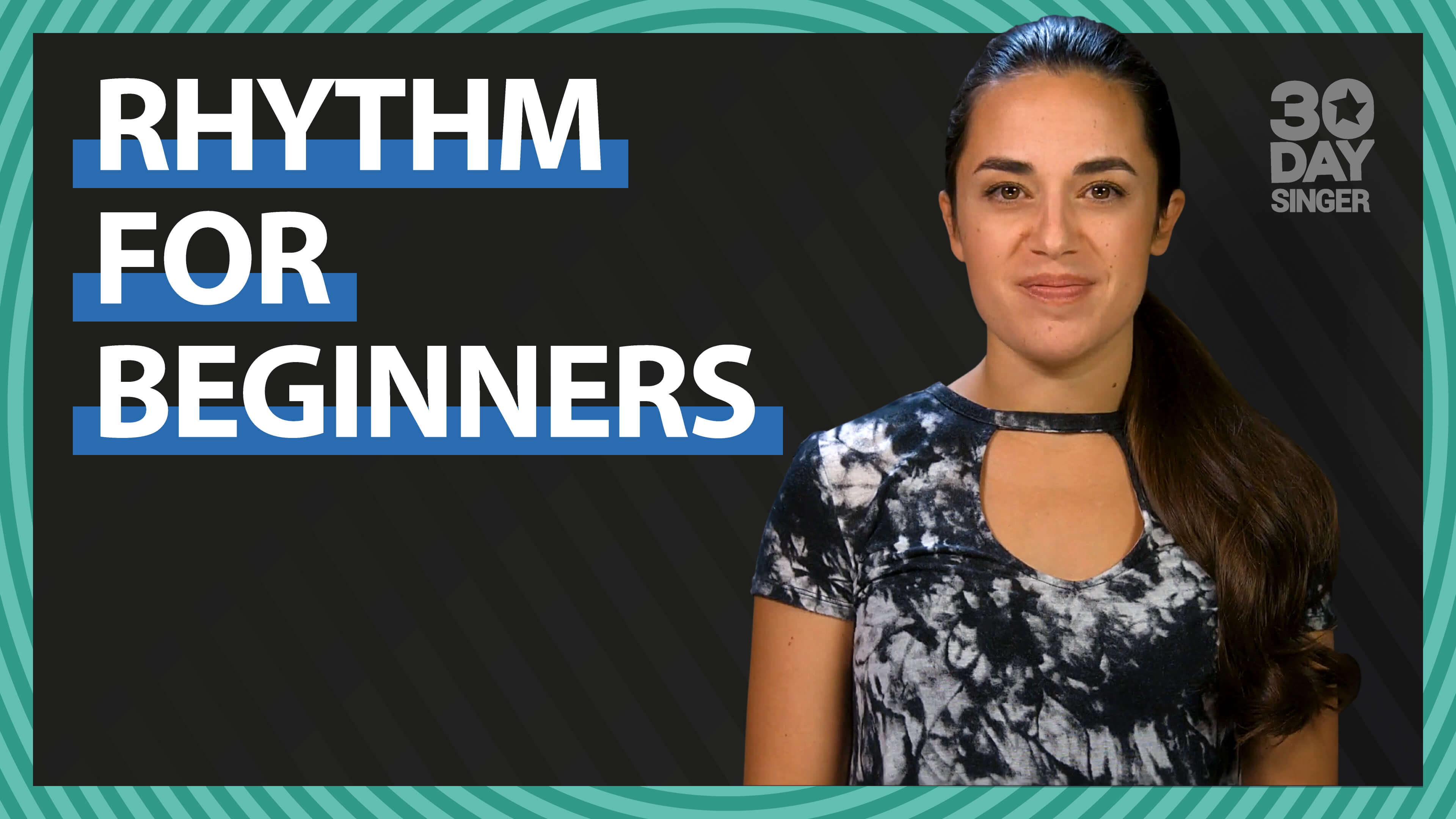Ear Training & Harmony
Welcome to the Ear Training and Harmony section of 30 Day Singer. Here you can find guidance on popular vocal concerns, like singing in tune, ear training, and how to sing in harmony. It's important for singers to learn ear training in order to recognize pitches - or your ability to recognize a note and replicate that sound. This opens up your ability to improve your intonation and rhythmic skills, improving your musicality and making it so you can harmonize easily with other singers. This is also key to learning and performing songs.
TUTORIALS
Intonation Practice Week 1/2
By Camille van NiekerkIn this live lesson we'll do some intonation practice with a pitch matching focus. We'll also cover how to match another voice, how to match an instrument, and how to sing without a guide. Plus much more!
Intonation Practice Week 2/2
By Camille van NiekerkThis week's intonation practice will focus on the major scale & intervals. We'll also cover half steps vs. whole steps, the major scale, intervals within the scale and much more!
Fixing Common Issues With Tone
By Camille van NiekerkDo you dislike the sound of your singing voice? If so, we promise you’re not alone! Join Camille for a lesson series: fixing common issues with tone.
Rhythm For Beginners
By Camille van NiekerkEvery melody, every single note in fact, has both pitch and rhythm. Pitch is the highness or lowness of a note, and rhythm is the duration of the note, or how long you hold it for. If you’re a beginning singer or you’ve been singing for a while but don’t feel that you have a natural sense of rhythm, watch Camille's lesson series: Rhythm for beginners!
Am I Singing In Tune?
By Camille van NiekerkIn this Live Lesson we'll cover how to use a chromatic tuner and virtual piano, how sheet music can help (even if you don't read it), understanding how warmups work to help you sing in tune, and much more!
Perfect Pitch and Relative Pitch
By Camille van NiekerkIn this Live Lesson we'll cover what the difference is between perfect and relative pitch, how to know if you have perfect pitch, how to develop great relative pitch, and much more!
Do I Need To Know My Vocal Range?
By Camille van NiekerkIn this Live Lesson we'll cover the common vocal ranges, voice types & their place in contemporary music, how to choose good songs for your range, and much more!
How To Choose A Good Key For Your Voice
By Camille van NiekerkIn this Live Lesson we'll cover: what a key is; how to find the key of any song; analyzing the melody's range & demands; how to change keys and much more!
Daily Intonation Practice For High Voices : Pitch Matching Focus
By Camille van NiekerkIf pitch matching and singing in tune is something you struggle with, then this tutorial is for you! Join Camille for this daily practice.
Daily Intonation Practice For High Voices: Major Scale & Interval Focus
By Camille van NiekerkMost popular Western music is built on the major scale. This lesson series with Camille can help you to recognize steps and skips in the songs you sing, and develop an awareness of what “fits” within a given scale, and what doesn’t. Come check it out!
Frequently Asked Questions
Some great vocal warmups for singers start with gentle humming or lip trills to relax and engage your vocal cords without straining them. Then, work through some scales to gradually increase your pitch range and get your voice fully warmed up.
For a quick 5 minutes vocal warm up, try some lip trills or gentle humming for a couple of minutes. It’s effective and quickly preps your vocal cords for singing or speaking without overdoing it.
When your voice is sick, keep singing warmups light and gentle—like humming or low, quiet scales. Also, drink lots of warm fluids and rest your voice as much as possible.
Start with some light humming, followed by a few pitch glides (from low to high sounds) to get your voice comfortable. Finish with a few tongue and lip trills to help with articulation.
Two good vocal warm ups are humming and lip trills. These are super effective and easy vocal warm-ups that gently activate your vocal cords without causing strain. Both are great for starting any vocal exercise.
Breathing exercises and resonance drills, like humming and vocal slides, improve the quality and projection of your speaking voice. They help develop control and clarity, making your voice sound more confident.
Hydrate regularly, practice breathing exercises, and do daily warm-ups. Consistency with these habits will help your voice sound smoother and stronger over time.
To strengthen a weak speaking voice, practice deep breathing and speak from your diaphragm to add power. Also, try projection exercises like speaking in front of a mirror to boost confidence and clarity.
Focus on articulation exercises, like tongue twisters, and practice controlling your breath to avoid running out mid-sentence. Over time, these will improve clarity and help you speak with ease.
The four vocal function exercises are sustained phonation (holding a sound steadily), pitch glides (sliding between notes), lip trills, and staccato sounds on different pitches. They work together to strengthen and balance your vocal cords.











